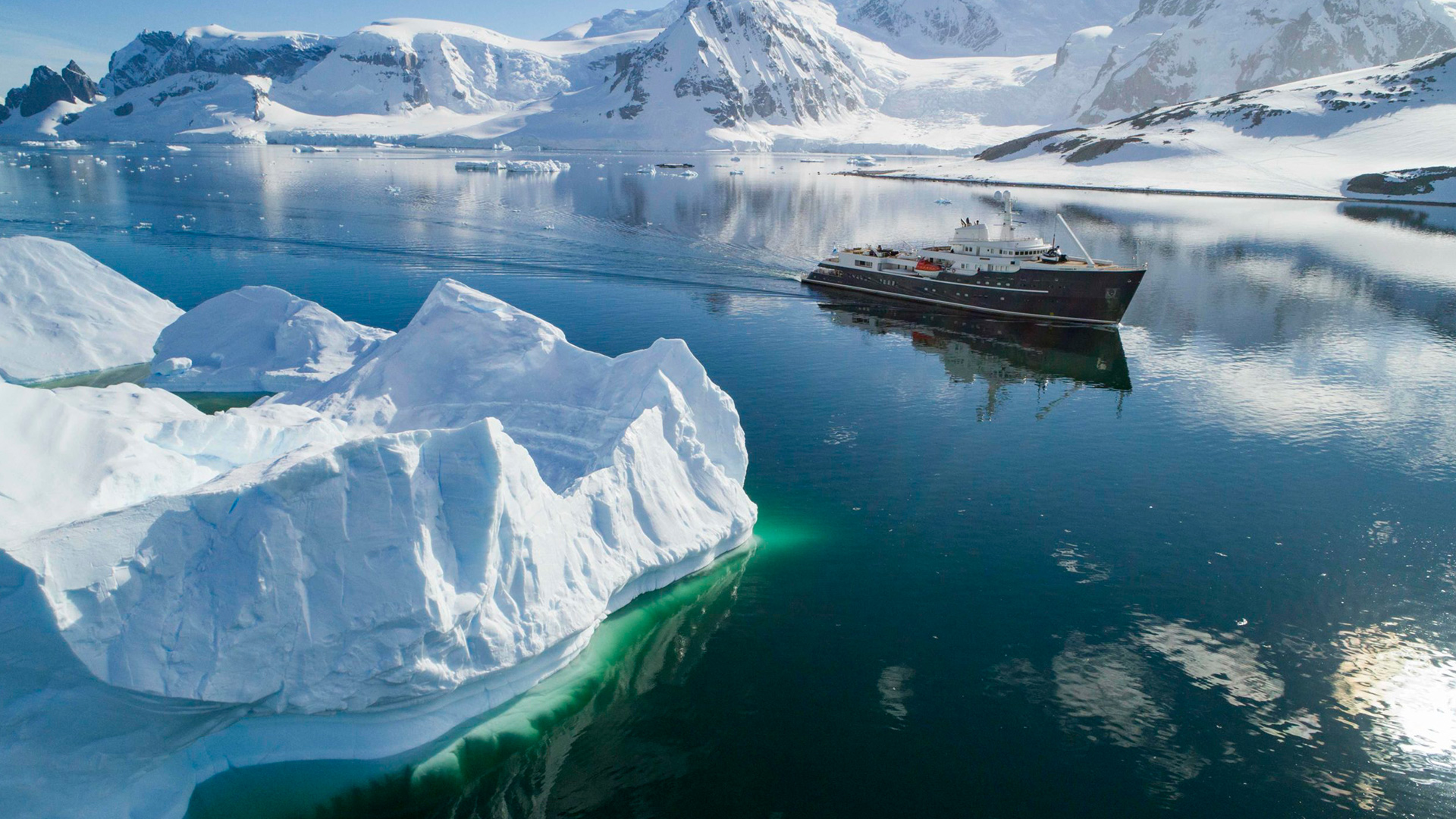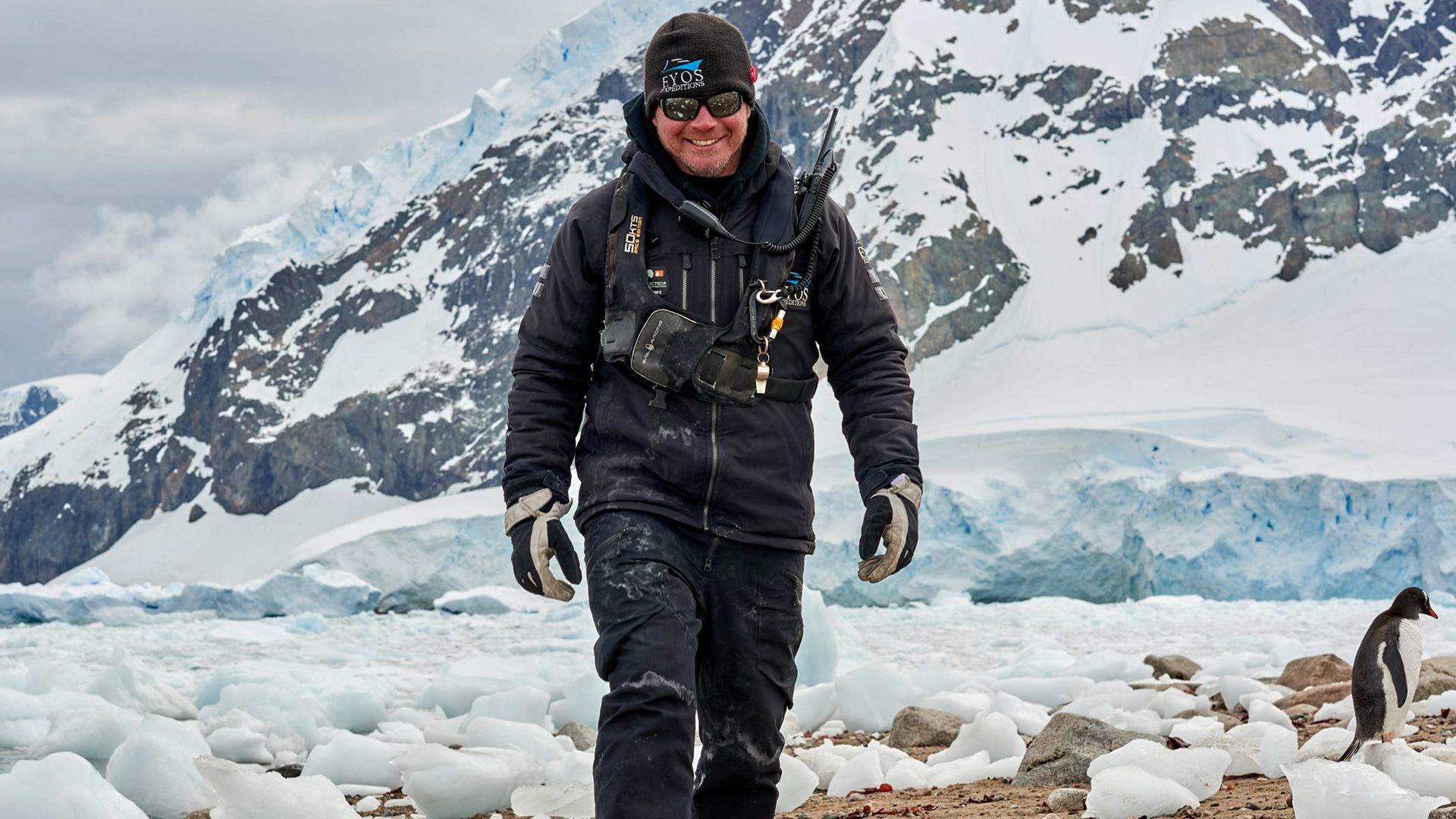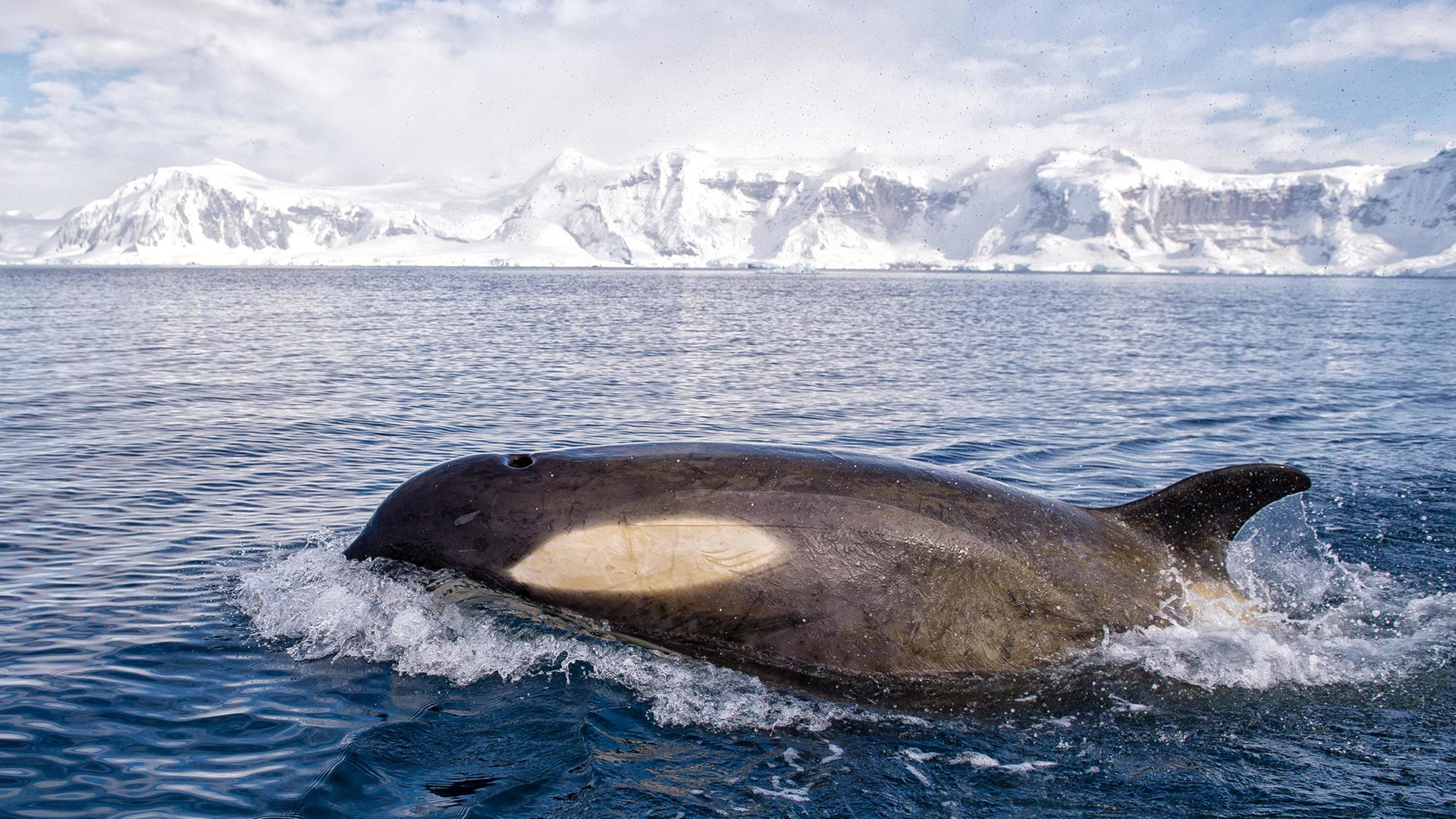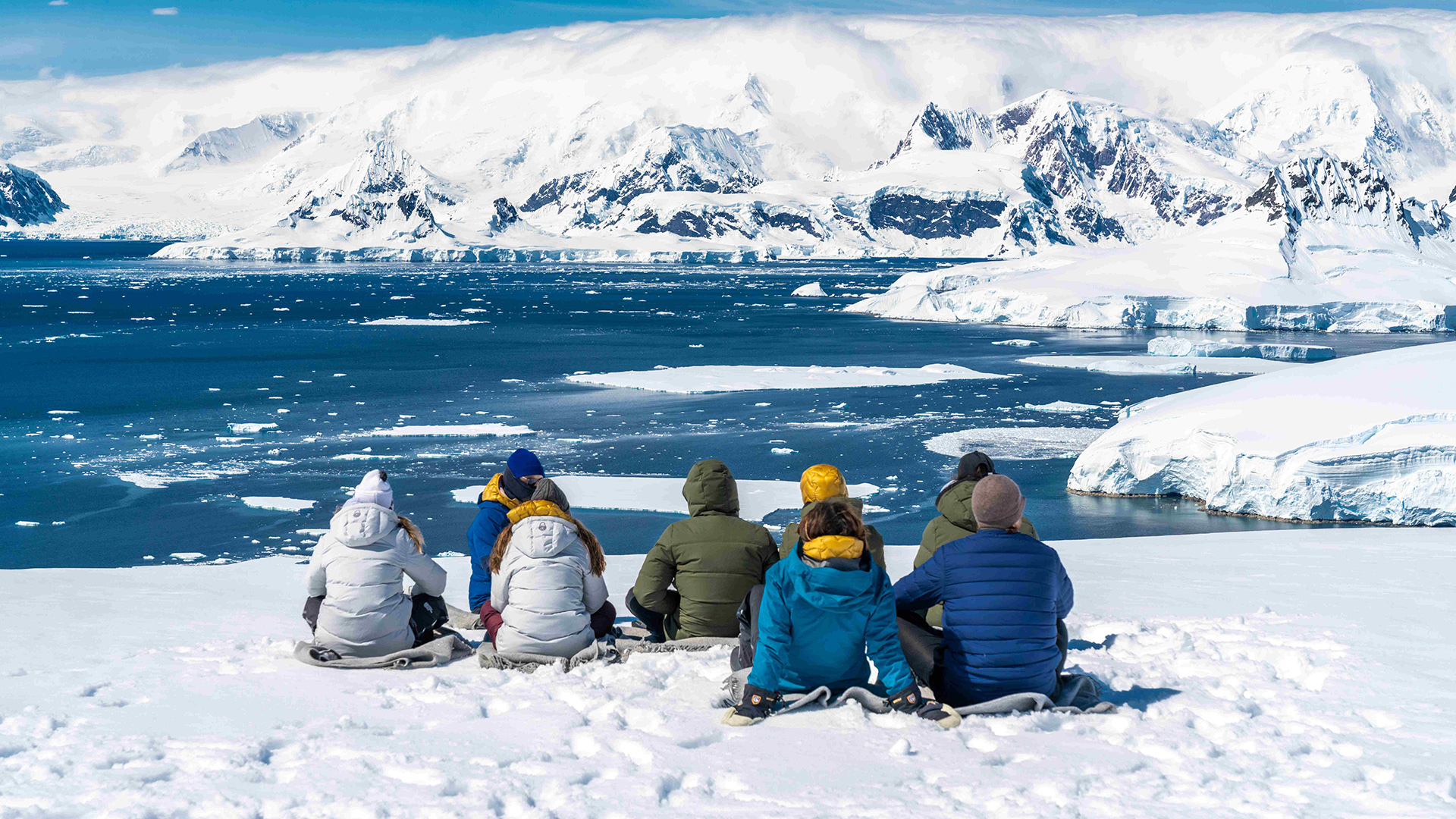On June 23, 1961, twelve countries came together to enact the Antarctic Treaty, creating an unprecedented global partnership and ensuring that Antarctica would remain a place for conservation and science. 62 years after the treaty’s enactment, we look at how this historic cooperation has made Antarctica the destination it is today and how it guides EYOS’s expeditions and operations.
There are a few rites of passage that everyone visiting Antarctica must experience; the crossing of the infamous Drake Passage by either jet or boat from South America to the Antarctic Peninsula, the building excitement as the first icebergs appear on their journey away from the continent, and group briefings on wildlife and safety protocols. These briefings, which include biosecurity stations and equipment sanitation, are all the legacy of one of the most successful international agreements to have ever been drafted: The Antarctic Treaty.

In the winter of 1959, twelve countries with active research programs in Antarctica came together as original signatories to the Antarctic Treaty, looking to protect the pristine environment of the seventh continent. Argentina, Australia, Belgium, Chile, France, Japan, New Zealand, Norway, South Africa, the Soviet Union (now Russia), the United Kingdom, and the United States all agreed upon a set of rules and guidelines that would establish Antarctica as a place for environmental protection, scientific research, and peaceful governance. They joined to draft and sign the treaty which later went into effect on June 23, 1961. Today, the treaty has been ratified by 54 nations, reflecting its universal importance.
On a large geopolitical scale, the treaty restricts any territorial claims, extraction efforts, or military operations on the continent. On the smaller scale of tourism, the treaty guides the policies and regulations set forth by the International Association of Antarctica Tour Operators (IAATO), the governing body that oversees all tour operators traveling to the White Continent. IAATO works to advocate and promote safe and environmentally responsible travel to Antarctica, ensuring that tourism works as a driving force in Antarctic conservation.

EYOS is a proud member of IAATO and is committed to best practices of safety and stewardship. This includes a wide range of efforts on our expeditions, from minimizing the size of groups onshore, requiring extensive Antarctic experience and certifications for both staff guides and ship command and adhering to protocols that ensure the safety of sensitive and rare wildlife.
It is because of the Antarctic Treaty, the rules that followed in its wake, and organizations like IAATO, that Antarctica has remained the extraordinarily pristine environment it is today.




